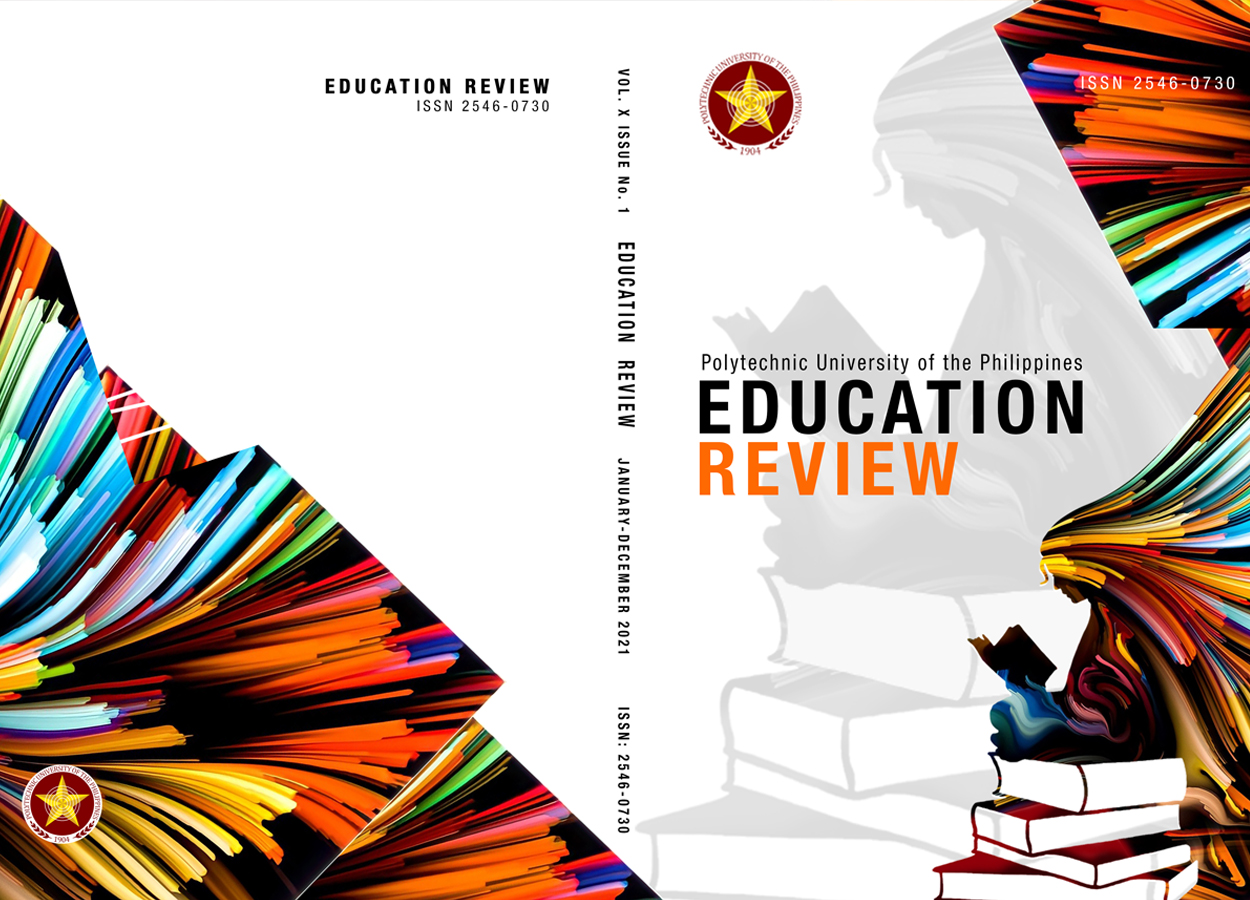Organizational Climate of Secondary Schools and its Relationship to the Demographic Variables of Principals
DOI:
https://doi.org/10.70922/n9469z95Keywords:
demographic profile, Division of City Schools – Quezon City, OCDQ-Rutgers SchoolAbstract
School principals oversee the school’s leadership and management, and one of their responsibilities is to ensure that the school has a positive organizational climate. To identify factors that affect the organizational climate of secondary schools, this research examined the relationship between the principals’ demographic profile and the organizational climate. Prevalent organizational climate and climate openness of secondary schools were also investigated. Descriptive research was used and a purposive sample of 31 schools and 1117 teachers participated in this study. Data analyses reveal that principal supportive behavior frequently occurred as the organizational climate in terms of principal-teacher relationship while engaged teacher behavior prevailed as the organizational climate in terms of a teacher-teacher relationship. Results also show that the general openness index of organizational climate in secondary schools was slightly above average. These findings indicate that there is a correlation between directive principal behavior and rank and that age and gender have a significant relationship to principal supportive behavior. In terms of the teacher-teacher relationship, age has a substantial connection to intimate teacher behavior. Further studies may be conducted on the other possible factors that affect a school’s organizational climate, such as teacher and student factors.
Downloads
Downloads
Published
Issue
Section
License
Copyright (c) 2025 Education Review

This work is licensed under a Creative Commons Attribution-NonCommercial 4.0 International License.
Licensing Term
Articles published in the EDUCATION REVIEW will be Open-Access articles distributed under the terms and conditions of the Creative Commons Attribution-NonCommercial 4.0 International License. This allows for immediate free access to the work and permits any user to read, download, copy, distribute, print, search, or link to the full texts of articles, crawl them for indexing, pass them as data to software, or use them for any other lawful purpose.
This open-access article is distributed under the terms and conditions of the Creative Commons Attribution-NonCommercial 4.0 International License


